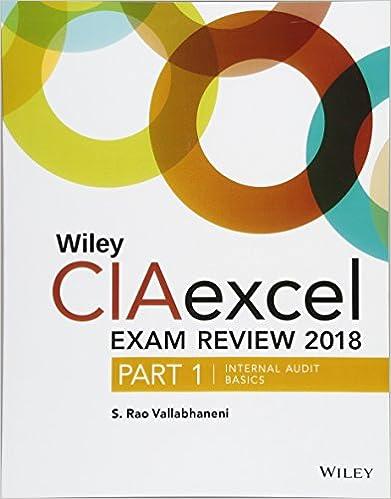


Benoit Chemical Company (BCC) produces a variety of specialty chemicals used in the pharmaceutical industry and construction industry. BCC spends almost 20% of its net revenues on research, product development, and customer development to achieve its reputation as a high-quality producer of chemicals, a reliable supplier, and a great provider of customer service. BCC has a small number of large customers, each of which typically has one or more large orders being processed at BCC at any given point in time. These orders are typically completed over 1 to 3 months or longer. BCC uses job costing to keep track of total job costs over the duration of each order and process costing to keep track of monthly costs, department by department. The processing departments include mixing, reacting (in which chemicals are heated and sometimes vacuum is applied), cleaning, inspecting, and packaging. Much of the total product cost is accumulated in the first two processes, mixing and reacting. The following information is for activity and costs in the first two departments during the current month. The mixing department started 60,000 gallons this month. No spoilage is measured in the mixing department, but a careful measurement of the loss of material in reacting taken after the completion of the reacting process. No materials are added in the reacting process. The number of gallons lost (spoilage) is considered normal spoilage and none of the costs of the spoiled units can be recovered. BCC uses the weighted-average method for process costing. Percentage completion for conversion costs is 60% in the mixing department for both beginning and ending inventory. The percentage completion for conversion costs for the reacting department for beginning and ending inventory is 30% and 40%, respectively. Work-in-Process for the two departments is as follows. Beginning work-in-process units Ending work-in-process units Normal spoilage (lost gallons) Mixing Department (gallons) 42,000 16,500 0 Reacting Department (gallons) 16,000 15,000 2,500 Costs in the mixing department: Beginning work-in-process Current costs Materials $ 56,760 288,624 Conversion $282,400 989,326 Transferred-in beginning Work-in-Process costs are $242,241, and conversion costs in the reacting department are as follows: Beginning work-in-process Current costs Conversion $ 412,650 1,237,950 $1,650, 600 Required: 1. Prepare the production cost report for the mixing department. 2. Prepare the production cost report for the reacting department. Required 1 Required 2 Prepare the production cost report for the mixing department. (Round "WTAVG cost per EU" answers to 3 decimal places. Round your final answers to the nearest whole dollar amount.) Benoit Chemical Company (BCC) Production Cost Report Production Information Weighted Average Equivalent Units Completion Direct Physical Units Conversion Percentage Materials Input: Beginning WIP Direct materials % Conversion % Units started Total to account for 0 Output: Units finished (units to account for-ending WIP) Ending WIP Direct materials % Conversion % Total accounted for 0 Total equivalent units Unit Cost Determination Direct Conversion Total Materials Beginning WIP Current costs Total Divide by equivalent units WTAVG cost per EU $ 0 $ 0 $ 0 Cost Assigned - Weighted Average Units Complete and Trans-Out Units in Ending WIP Total Finished goods Ending WIP Direct materials Conversion Total manufacturing costs accounted for $ 0 $ 0 Required 1 Required 2 Prepare the production cost report for the reacting department. (Round "WTAVG cost per EU" answers to 3 decimal places. Round your final answers to the nearest whole dollar amount.) Benoit Chemical Company (BCC) Production Cost Report Production Information Physical Completion Trans-in Direct Units Percentage Costs Materials % Conversion % % % 0 % Beginning WIP Direct materials Conversion Units started Total to account for Units finished Normal spoilage Ending WIP Direct materials Conversion Total accounted for Total equivalent units % % % % 0 0 0 0 Unit Cost Determination Direct Materials Conversion Trans-in Total Beginning WIP Current costs Total Divide by equivalent units WTAVG cost per EU $ 0 $ 0 $ 0 $ 0 Cost Assigned - Weighted Average Gallons Units Complete and Trans-Out Units in Ending WIP Total Finished goods Normal spoilage Ending WIP Trans-in Direct materials Conversion Total manufacturing costs accounted for $ 0 $ 0 $ 0









